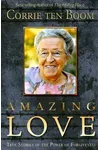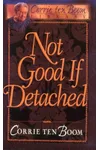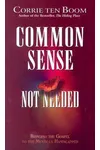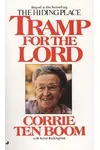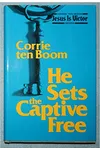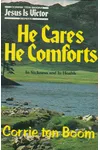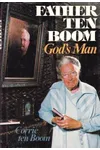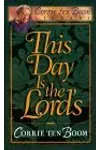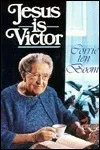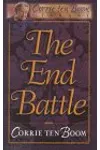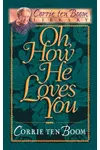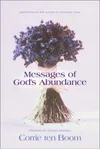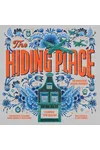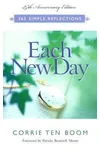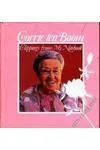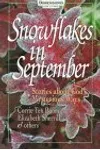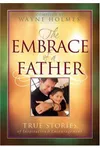Picture a Dutch watchmaker who turned her quiet life into a beacon of hope during World War II—meet Corrie ten Boom! Known for her bestselling memoir The Hiding Place, she wove stories of faith, courage, and forgiveness that still inspire millions. From hiding Jewish refugees to surviving Nazi concentration camps, Corrie’s life was a testament to love triumphing over evil.
Born in 1892 in Haarlem, Netherlands, Corrie’s story is one of resilience and grace. Her Christian faith and unyielding compassion drove her to risk everything to save lives, making her a global symbol of reconciliation. Ready to dive into her extraordinary journey?
The Making of Corrie ten Boom
Corrie ten Boom grew up in a close-knit, devout Christian family above her father Casper’s watch shop in Haarlem. The youngest of four, she was surrounded by love and service—her mother delivered bread to the needy, and her grandfather prayed for Jewish communities. In 1922, Corrie made history as the Netherlands’ first licensed female watchmaker, mastering the craft alongside her father. Her early years weren’t just about clocks; she ran youth clubs for girls, teaching faith and skills, laying the groundwork for her later heroism.
When Nazi forces invaded in 1940, Corrie’s life shifted. Her family’s deep respect for Jewish people, rooted in their Calvinist beliefs, pushed them into the Dutch resistance. What started as small acts of kindness became a daring mission to save lives, turning their home into a sanctuary.
Corrie ten Boom’s Unforgettable Stories
Corrie’s most famous work, The Hiding Place (1971), is a gripping memoir that chronicles her family’s efforts to hide Jewish refugees in a secret room behind her bedroom wall. Written with John and Elizabeth Sherrill, it’s raw, heartfelt, and infused with her unshakable faith. The book details the ten Boom family’s resistance, their 1944 arrest, and Corrie’s harrowing time in Ravensbrück concentration camp, where her sister Betsie died. It’s a story of hope, showing how love can shine in the darkest moments.
Her follow-up, Tramp for the Lord (1974), takes readers on her post-war travels to over 60 countries, sharing messages of forgiveness. With a warm, conversational style, Corrie’s writing feels like a friend recounting miracles—whether smuggling a Bible into Ravensbrück or forgiving a former camp guard. Other works like Amazing Love (1953) and Defeated Enemies (1962) explore her faith-driven mission, blending personal anecdotes with spiritual insights. Her themes of reconciliation and trust in God resonate across cultures, making her books timeless.
Corrie’s style isn’t flashy—she wrote as she lived, with humility and conviction. Her stories lean on vivid memories and biblical wisdom, inviting readers to find strength in forgiveness, even when it feels impossible.
Why Corrie ten Boom Matters
Corrie ten Boom’s impact transcends her books. She saved an estimated 800 Jewish lives, earning her a place among Yad Vashem’s Righteous Among the Nations in 1967. After the war, she opened rehabilitation centers for Holocaust survivors and even Nazi collaborators, embodying her belief that forgiveness heals. Her global ministry spread a message of hope, influencing Christians and non-believers alike. The 1975 film adaptation of The Hiding Place brought her story to new audiences, cementing her legacy as a voice for compassion.
Today, her words inspire those facing adversity, reminding us that faith and love can overcome hatred. Corrie’s life proves that ordinary people can do extraordinary things when guided by courage and grace.
About Corrie ten Boom
- Born: April 15, 1892, Haarlem, Netherlands
- Key Works: The Hiding Place, Tramp for the Lord, Amazing Love
- Awards: Knighted by the Queen of the Netherlands; Righteous Among the Nations (1967)
- Died: April 15, 1983, California, USA
Snag The Hiding Place and dive into Corrie ten Boom’s incredible world of faith and forgiveness—you’ll be hooked!
